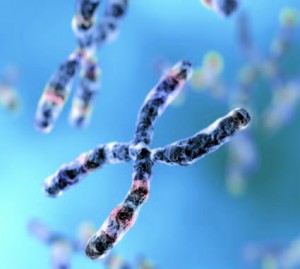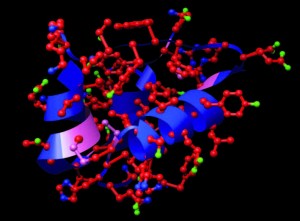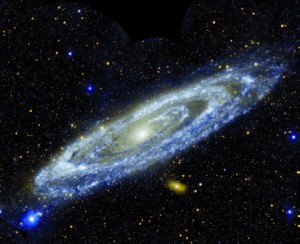WEDNESDAY, 15 MAY 2013
Cambridge scientists have discovered fourstranded ‘quadruplex-helix’ DNA in the year of the 60th anniversary of Watson and Crick’s ground-breaking publication on the DNA double-helix. Led by Giulia Biffi, the research group from Professor Shankar Balasubramanian’s lab at the Department of Chemistry reported in Nature Chemistry that these ‘G-quadruplexes’ exist within the human genome alongside their double-helical counterparts. Using antibodies to detect quadruplex-rich areas of the human genome, the group identified significant levels of quadruplex ‘hot spots’ during cell division and, more specifically, during DNA replication. Furthermore, the concentration of quadruplexes decreased when replication was inhibited. These findings may lead to improvements in cancer treatment. Cancers are caused by mutated genes, called oncogenes that lead to uncontrolled DNA replication, cell division and tumour growth. Consequently, the high rate of replication increases the concentration of quadruplexes. Targeting and trapping these excess quadruplexes with synthetic compounds could prevent cell proliferation in cancer. Even though the discovery that four-stranded DNA exists within human cells is a landmark achievement, much is still unknown about the function of quadruplex DNA. However, it is exciting that DNA continues to puzzle and amaze Cambridge researchers today. Mrinalini DeyDOI: 10.1038/nchem.1548
Insulin—Bound to Help
The hormone insulin is best known for its defective action in diabetes: those with type one are unable to produce insulin and those with type two are unable to respond to it effectively. The insulin receptor has also been shown to be involved in several cancers, with its over-expression in malignant cells leading to an increased insulin response. However, new research has finally produced a structure for the interaction of insulin with its receptor. This may lead to the development of drugs able to simulate the effects of insulin. At the same time, the development of insulin-mimicking molecules that would block the insulin receptor could prevent its overexpression in cancer cells from being an issue. The structure of the binding was published in Nature by Dr Michael C. Lawrence and colleagues at the Walter and Eliza Hall Institute of Medical Research in Australia. It reveals that the binding of insulin to its receptor takes place in a way distinct from other similar receptors. This implies that molecules engineered to bind or block the insulin receptor would be less likely to inadvertently affect other receptors. Dr Lawrence described the discovery as “a fresh consolidation of knowledge...with the potential to feed through into a new generation of insulin therapeutics”. Toby McMaster
DOI: 10.1038/nature11781
Recipe for an Unstable Universe May Burst Our Bubble
The discovery of a ‘Higgs-like’ particle at the Large Hadron Collider (LHC) may allow scientists to determine the eventual fate of our universe. The Higgs boson is a theoretical particle that, if proved to exist, would validate The Standard Model of particle physics and explain the relationship between force and matter. Atoms are comprised of protons and neutrons, orbited by electrons. Protons and neutrons consist of quarks whereas electrons are classed as leptons. Quarks and leptons are held together by bosons. Two bosons, the graviton and the Higgs, have so far eluded detection. Last year, physicists detected a Higgs-like particle, the mass of which spells bad news for our universe. Calculations predict the formation of a ‘quantum bubble’ at lower energy than its surroundings, which our higher energy universe will want to occupy. The result is a rapid expansion of the bubble; replacing the known universe as it grows. This discovery suggests the possibility of a ‘cyclical universe’, which would make our ‘big bang’ merely the latest of a history of expansions. Just as physicists were coming close to confirming the identity of the Higgs, the LHC shut down for maintenance and will start operating again in 2015. Joanna-Marie Howes
DOI: 10.1126/science.1232005



